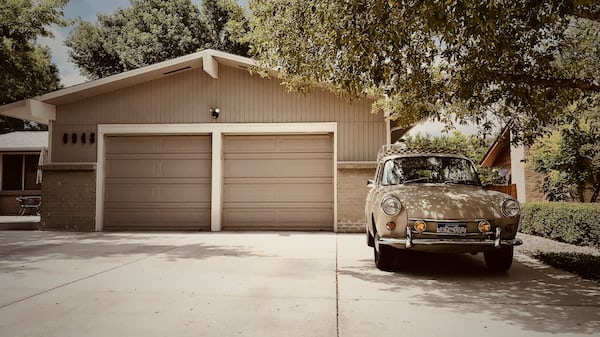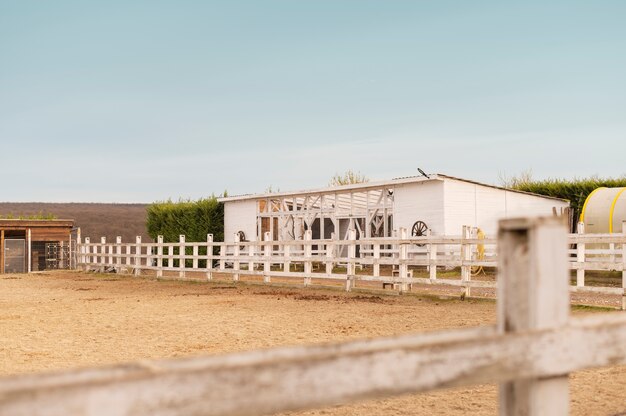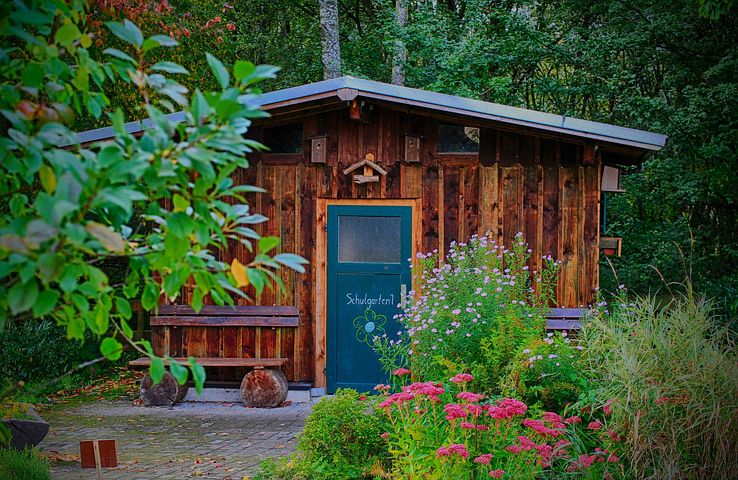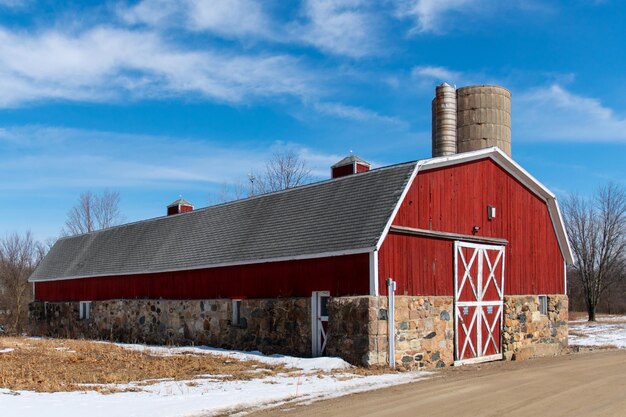DIY Garden Sheds: 5 Steps to Create a Cozy and Practical Outdoor Space


5 factors to keep in mind when choosing the right Garden Shed
August 15, 2023

10 Remarkable and Unique Farm Shed Designs
August 15, 2023Why be a basic when you can be an extraordinary one!! Since Garden Sheds provide a cosy and practical area for storing garden tools, equipment, and other outdoor items, they are considered a perfect addition to any outdoor space. Though there are already plenty of pre-made garden sheds available in the market for purchase, building your own DIY Garden Shed can turn out to be quite a rewarding and fulfilling project. In this blog post, we will discuss five unique steps that will help you create a cosy yet practical outdoor space with your DIY Garden Shed –
Step 1: Plan and Design Your Shed
The first step to go over while creating your DIY garden shed is to plan and design it. This process includes deciding on the size, shape, and layout of your shed. Along with this, it also includes choosing the materials and tools you will need to build the shed. One important question to ask yourself while planning your shed is – what is its purpose? Will it be mainly used for storage or will it be used as a workspace? Does it need to have a window or skylight to let natural light in or will you install artificial lighting inside the shed instead?
Once you’ve determined the purpose and layout of your shed, it is time to choose your materials. Popular choices include wood, metal, and plastic. Each of these materials comes with its own advantages and disadvantages. Hence it is important to consider the budget, climate, and aesthetic preferences because all these factors will affect your decision.
Step 2: Gather Your Materials and Tools
After you have planned and designed your shed, it is time to gather your materials and tools. You will be needing a variety of materials. These can include framing lumber, siding, roofing, and hardware. You will also need a range of tools such as a saw, drill, hammer, and level.
If you are someone who is new to DIY projects, consider purchasing a shed kit. This kid will include all the materials and instructions you need to build your shed. If not, then you can purchase your materials and tools separately too.
Step 3: Build the Foundation and Framing
The next step in building your DIY garden shed is to construct the foundation along with the framing. The foundation is the base of your shed and it provides your shed with the structural strength it needs to withstand harsh and extreme weather situations. Since the foundation directly affects the durability of your shed, it should be carefully levelled so as to make it stable. Some of the most common foundation options include concrete slabs, piers, and pressure-treated skids.
After you have built your foundation, it is time to start framing. The framing provides the structure for your shed. This process typically consists of building walls, roofs, and floors. Make sure to follow the instructions carefully. Use your level best to ensure that everything is straight and plumb.
Step 4: Install Siding and Roofing
After you have completed your process of framing the shed, it is time to install siding and roofing. The siding provides a protective barrier against the elements. It also adds to the overall aesthetic appeal of your shed. Some of the most popular siding options are wood, vinyl, and metal.
Once you are done with it and the siding is in place, it is time to install the roofing. This process is typically carried out with shingles or metal roofing which provides a durable and waterproof surface to the shed. Make sure to follow the manufacturer’s instructions carefully. If you are not confident enough, you can also consider hiring a professional for this particular part.
Step 5: Add Finishing Touches
The final step in creating your DIY garden shed is to add the finishing touches. This process includes painting or staining the exterior of the shed. It also includes installing windows or skylights as well as adding any other decorative elements that you wish to put on your shed. You can hang attractive plant pots or baskets to enhance the appearance of your garden shed. Try to match the shed’s look with the overall aesthetics of your property.
It is also important to consider the interior of your shed. Ask yourself – Do you wish to install shelving or storage racks to keep your tools and equipment organised or do you need a workbench or table for your projects? Answers to such questions can help you make the right decision regarding your shed’s interior as you will better understand your needs.
In conclusion, the key to creating a cosy and practical outdoor space with your DIY garden shed is to carefully plan and design it. Choose high-quality materials and take your time with each step of the process to create maximum output. Strictly follow the manufacturer’s instructions to your best ability to ensure more durability of the shed in the long run. If you find yourself underconfident, you can also seek help from a professional to help you out with the steps mentioned above. Make sure to try and match the shed’s look to the overall appearance of your property. You can do so by adding decorative elements to it. With a little bit of patience and effort, you will be able to create a beautiful and functional outdoor space that you will enjoy for years to come.
To provide your house and family with the best outdoor space in the form of a DIY Garden Shed, consider getting them one from the wide range of customised high-quality Garden Sheds by Outside Garages and Sheds. With us, you can be confident that your garden shed is designed to meet Australian Standards and the Building Code of Australia. Our premium-level sheds are not just easy to assemble but they will also add value to your property. So don’t wait anymore and go for the best by getting in touch with us!




